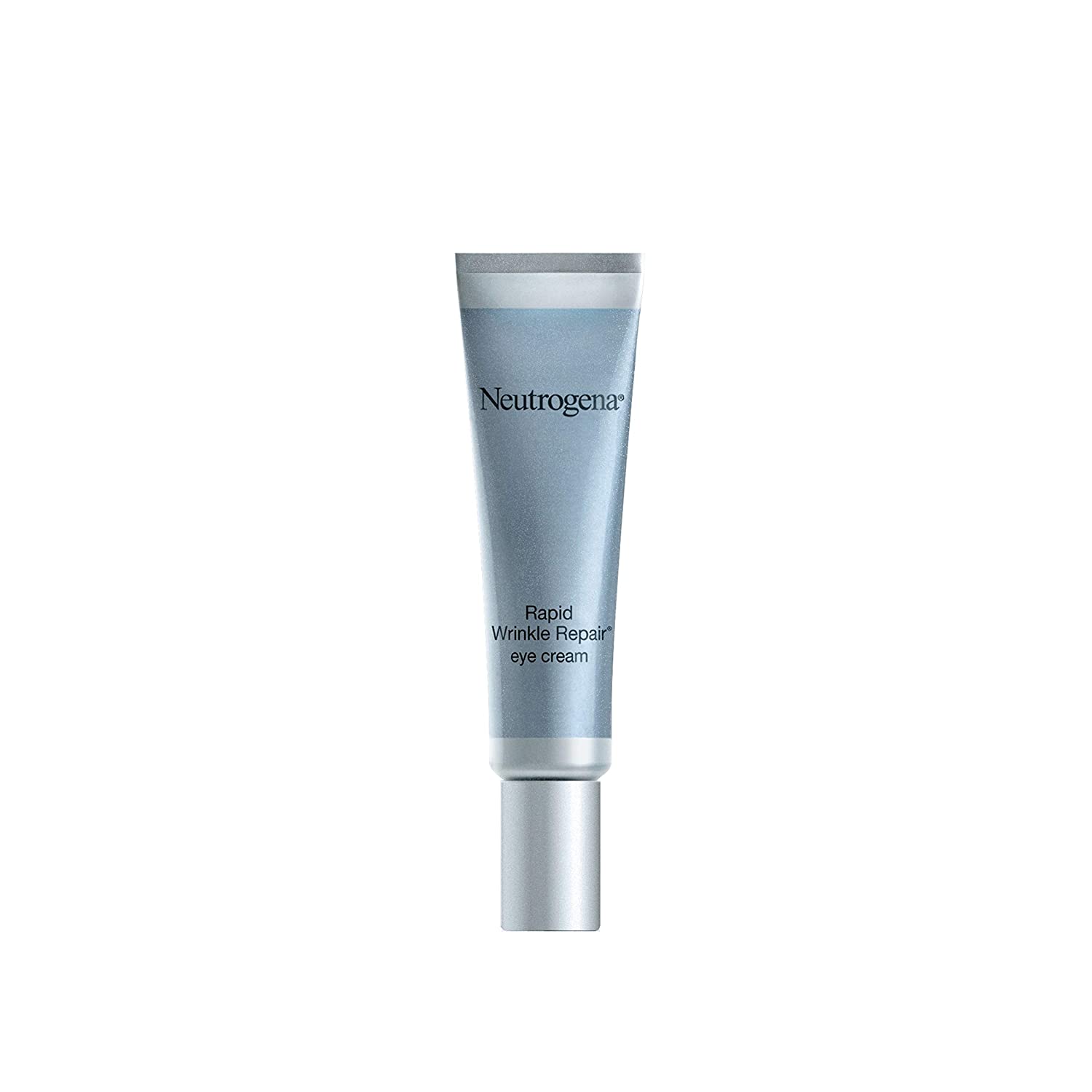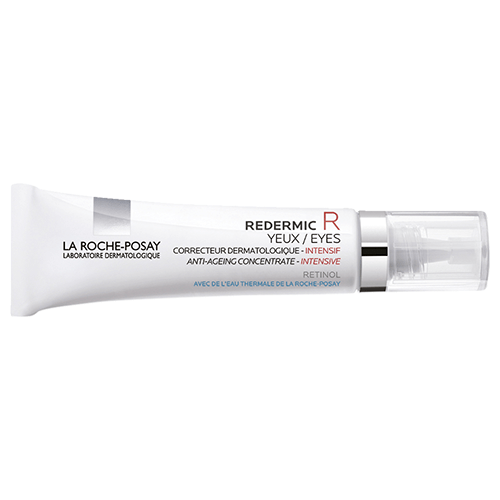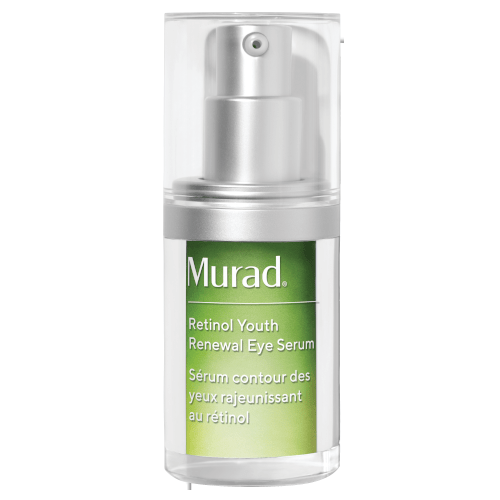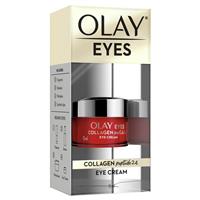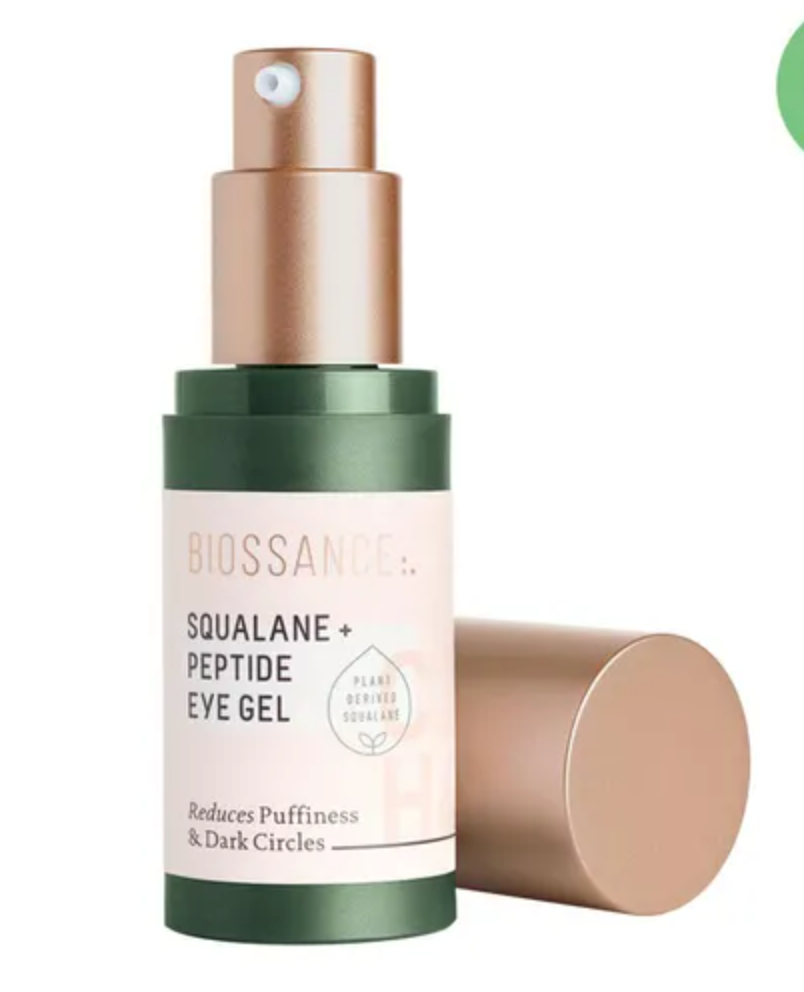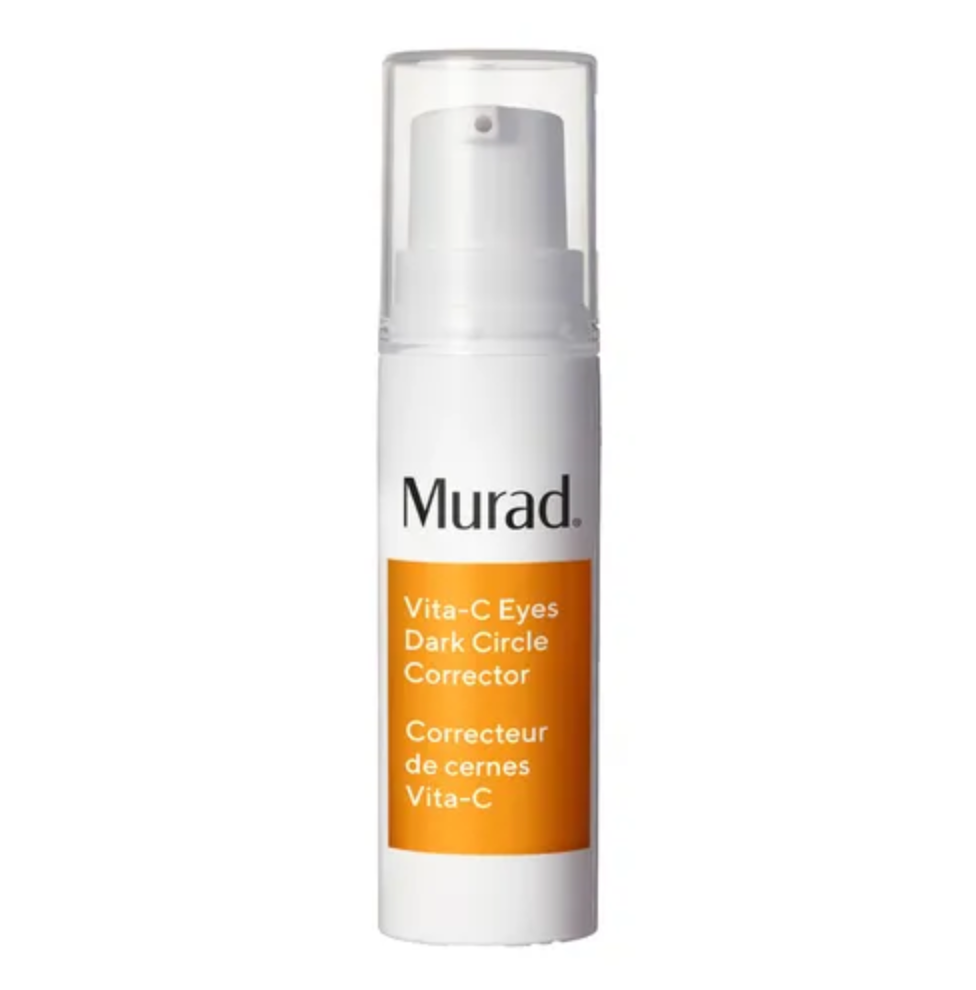At Refinery29 Australia, we’re here to help you navigate this overwhelming world of stuff. All of our picks are independently selected and curated by the editorial team, but we may earn commission or other compensation from the links on this page.
From using lube as a makeup primer to sticking banana skin on my dark circles, I've tried countless odd beauty hacks over the years. But none of them has endured quite like slugging.
On TikTok the hashtag has an impressive 300.3 million views, with beauty enthusiasts and even board-certified dermatologists either extolling the virtues of the moisturising hack (which enlists a thick slathering of ointment, cream and petroleum jelly) or questioning its benefits. Whether or not you're sold, you'll probably agree that the thousands of slugging tutorials flooding the internet are the most satisfying form of ASMR.
AdvertisementADVERTISEMENT
What is under-eye slugging and what are the benefits?
Slugging typically encompasses the entire face but the trend for under-eye slugging is gaining traction as skincare lovers look for new ways to prevent fine lines and wrinkles (both totally inevitable and normal, but you don't need me to tell you that) and to keep skin soft and moisturised.
Claire Williams, skincare expert and founder of WOW Facial, says: "Under-eye slugging is the process of applying an occlusive product — typically overnight — to your skin." She explains that occlusives are typically oils and waxes, which form a physical layer on skin to help protect it and aid in healing. "When you apply a thick layer of an occlusive agent like petroleum jelly...you're preventing water loss and dehydration of the skin," adds Claire.
This is the main benefit as locking in moisture is what keeps your skin hydrated, making for a "plump and more youthful appearance". It's why TikTokers are using it to minimise fine lines and wrinkles under the eyes. Claire explains that the barrier these products create may also work to make your other skincare products more effective. "Applying a product beneath the occlusive barrier theoretically helps your other skincare products (like serums or creams) penetrate more deeply, since they won't evaporate," says Claire.
TikTokers claim that slugging makes skin ultra soft and imparts a healthy glow, too.
What are the main downsides to under-eye slugging?
Slugging has picked up steam again thanks to social media but it had a moment in early 2018 following the boom in K-Beauty. At the time I was experiencing sore under-eye eczema that made my fine lines appear very deep and red in colour. I was struggling to treat it — even with dermatologist-prescribed treatments like Elidel — and I had nothing to lose by trying under-eye slugging.
AdvertisementADVERTISEMENT
Or so I thought. You see, no one told me that while there are lots of benefits to slugging, it can come with downsides, particularly if you have oily skin which is prone to breakouts. But anyone can fall victim to clogged pores.
I enlisted a thick, greasy ointment and layered this heavily over the skin under my eyes every night for a few weeks. I hoped that my skin would emerge less dry and wrinkled, and while it did feel a lot smoother and more soft, over time I noticed little white spots start to appear around my eyes. I knew they weren't whiteheads as I couldn't pop them with a tissue. They were hard and resilient, and I soon learned that they were called milk spots or milia.
Perhaps it was naive of me to assume that the thick product would stay put while I slept. It didn't. Heavy skincare is bound to migrate, especially when you're tossing and turning and smooshing your face into a pillow. On top of the milia, I experienced large and painful spots on my cheeks. As if that didn't knock my confidence enough, they left behind pigmented red scars that were difficult to fade until I got tretinoin (a prescription-strength retinoid) from a dermatologist. I found that treating the milia with a gentle strength of glycolic acid once or twice a week helped to dislodge them. Long story short: under-eye slugging isn't for everyone.
Can under-eye slugging cause milia and acne?
AdvertisementADVERTISEMENT
Yes, says Claire. "When applied to delicate areas, like under the eyes, slugging could cause milia, which are small, painless white bumps that appear when keratin gets trapped beneath the skin's surface." Claire explains that milia occur more commonly when people are using a heavy product around the eyelid or the eye area. For that reason, she wouldn't recommend using the slugging technique on the entire face. It might also be worth avoiding thinner skin, such as under your eyes and eyelids.
As heavy, occlusive products don't sink into the skin or evaporate easily, they tend to move around, especially if you're going to sleep with the product applied in a thick layer. This spells bad news for people susceptible to clogged pores. "Those with oily, acne-prone skin or fungal acne (spots caused by a yeast infection, which typically affect the back and chest) are more likely to develop breakouts through slugging," says Claire. She explains that since these products work as a barrier over your skin, they hold in sweat. They can also be a trap for bacteria and dead skin cells, which leads to spots.
How can you get rid of dry skin underneath eyes?
If it's dry skin you're looking to treat, opt for an eye cream or a moisturiser with humectants (which draw moisture into the skin) and emollients (which trap that moisture in). Hydrating hyaluronic acid, repairing ceramides and moisturising squalane are all great options.
Eventually, only CeraVe Moisturising Cream, helped my dry under-eyes. Since then, the brand has launched a targeted eye cream: CeraVe Eye Repair Cream, with ceramides and hyaluronic acid. Also try La Roche-Posay Toleriane Dermallergo Eye Cream, with a combination of moisturising squalane and glycerin.
AdvertisementADVERTISEMENT
If your dry skin persists, it's worth making an appointment with your GP or a qualified dermatologist for further advice and treatment.
What can you do to minimise under-eye wrinkles and fine lines?
If you're not sold on slugging, your best bet is lighter skincare. Most eye creams (even the luxury ones) do very little to minimise gripes like bags and dark under-eye circles, but they do moisturise the area and therefore temporarily fill out any fine lines and wrinkles. There's absolutely nothing wrong with fine lines and wrinkles but if you're keen to minimise your under-eye lines, there are a handful of ingredients to look out for.
First up, retinoids. Retinol and the new, souped-up version, retinal, are part of the retinoid family. They encourage your skin to make shiny new cells and to kickstart collagen production. In turn, retinoids reduce fine lines with consistent use. It pays to start slowly, though, as they can cause skin sensitivity when overused. Try incorporating a gentle retinol eye cream into your skincare routine twice a week at night, and always wear a high SPF sunscreen during the daytime (bringing it right up to your under-eyes) as the ingredient can make skin sensitive to sunlight.
If retinoids aren't for you, vitamin C also has collagen-boosting properties and can help brighten dark tones under the eyes. Try Murad's Vita-C Eyes Dark Circle Corrector, or if you have a little more to spend, Drunk Elephant C-Tango Multivitamin Eye Cream.
AdvertisementADVERTISEMENT
Lastly, look out for an eye cream containing peptides, which are essentially proteins that help rebuild collagen to strengthen and plump up skin. R29 rates Olay Regenerist Collagen Peptide 24 Eye Cream, and Biossance Squalane and Peptide Eye Gel.
Want more? Get Refinery29 Australia’s best stories delivered to your inbox each week. Sign up here!
AdvertisementADVERTISEMENT










